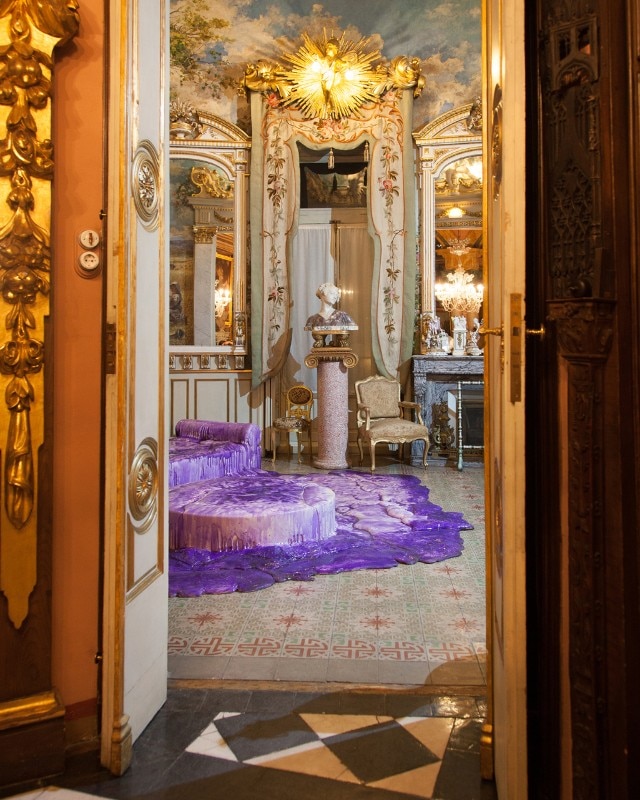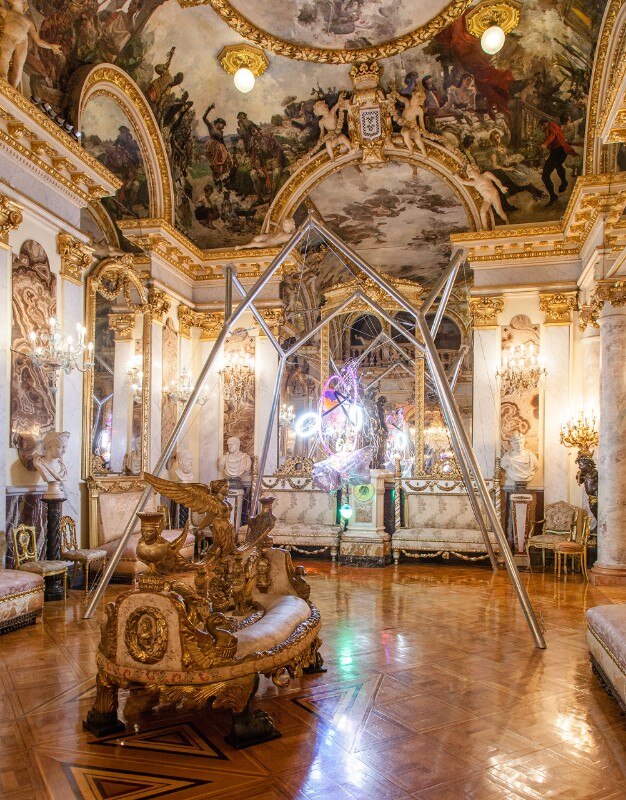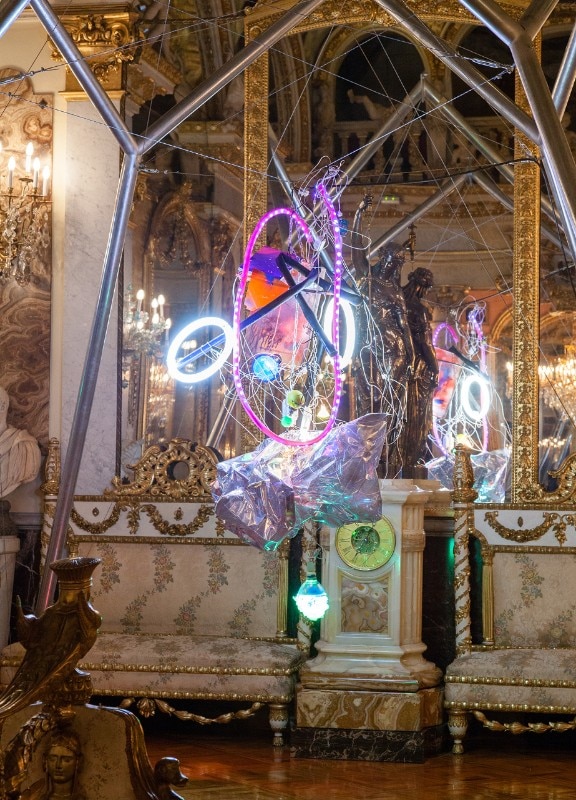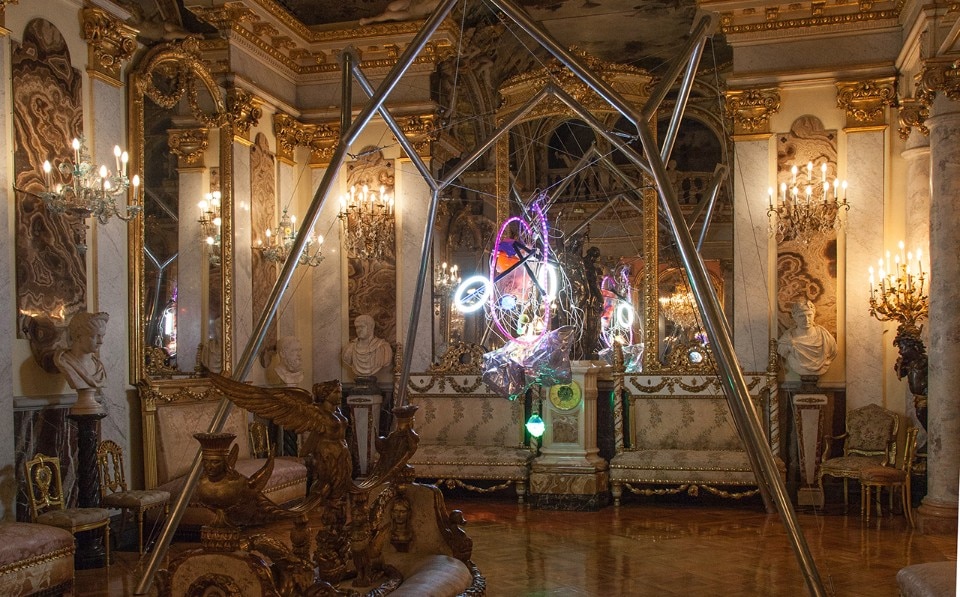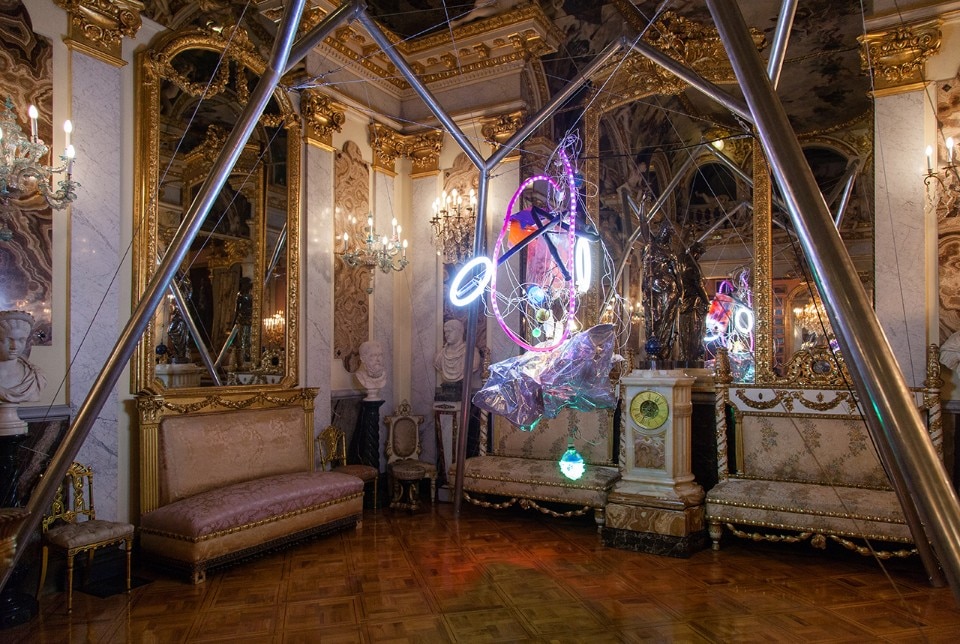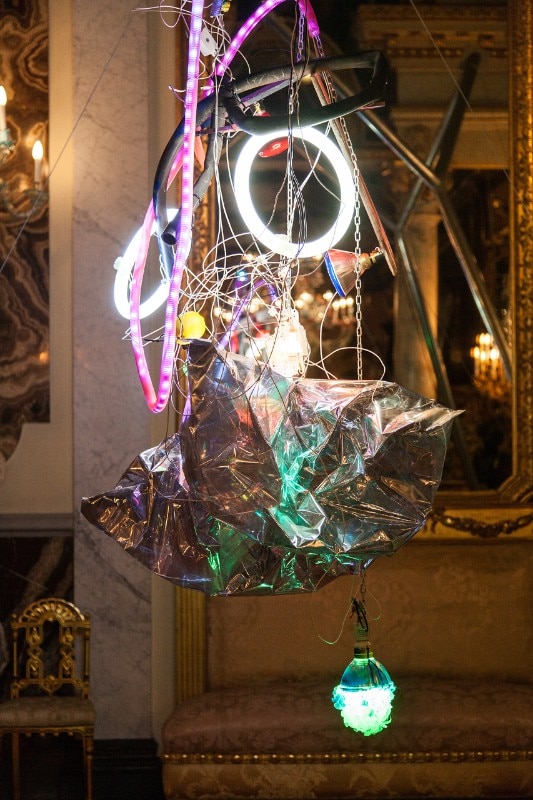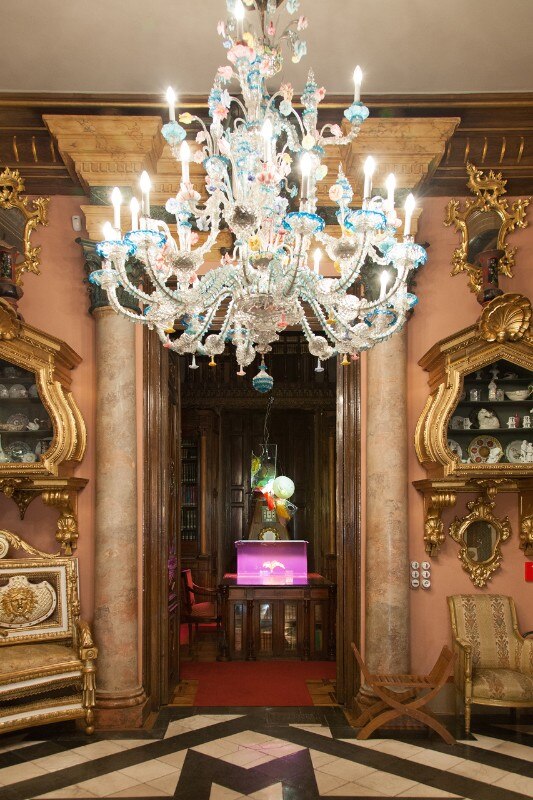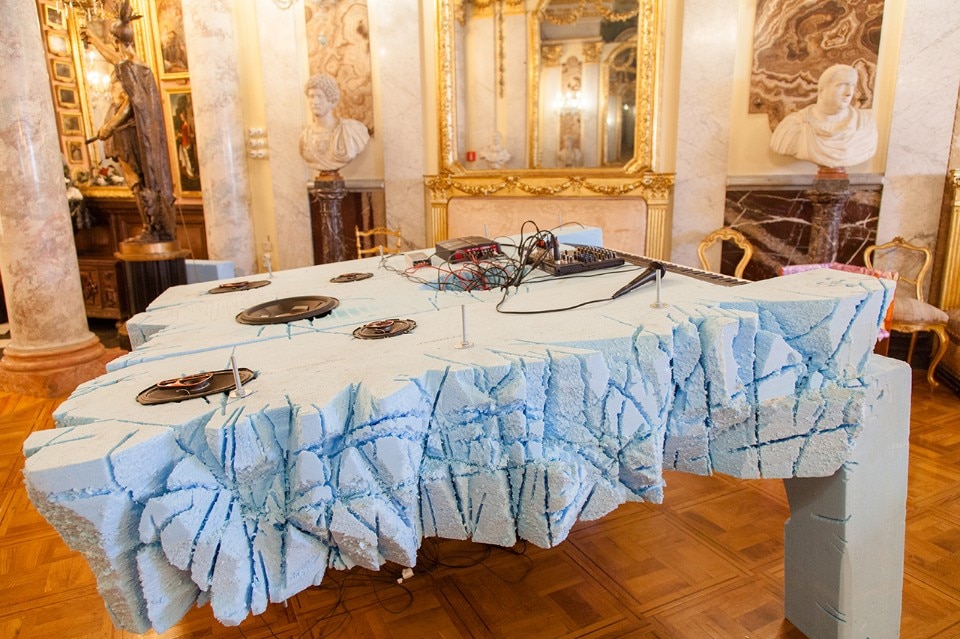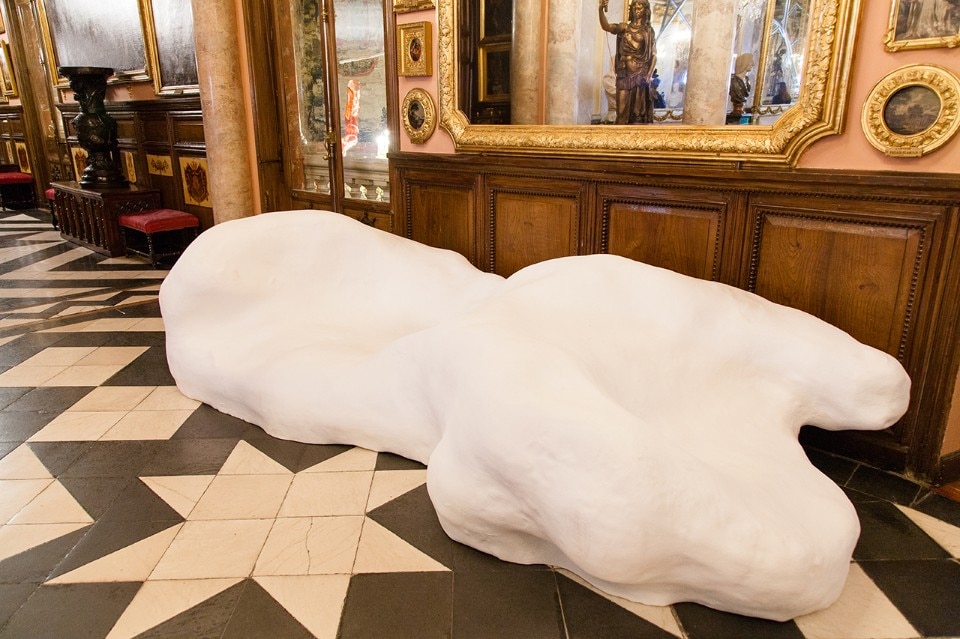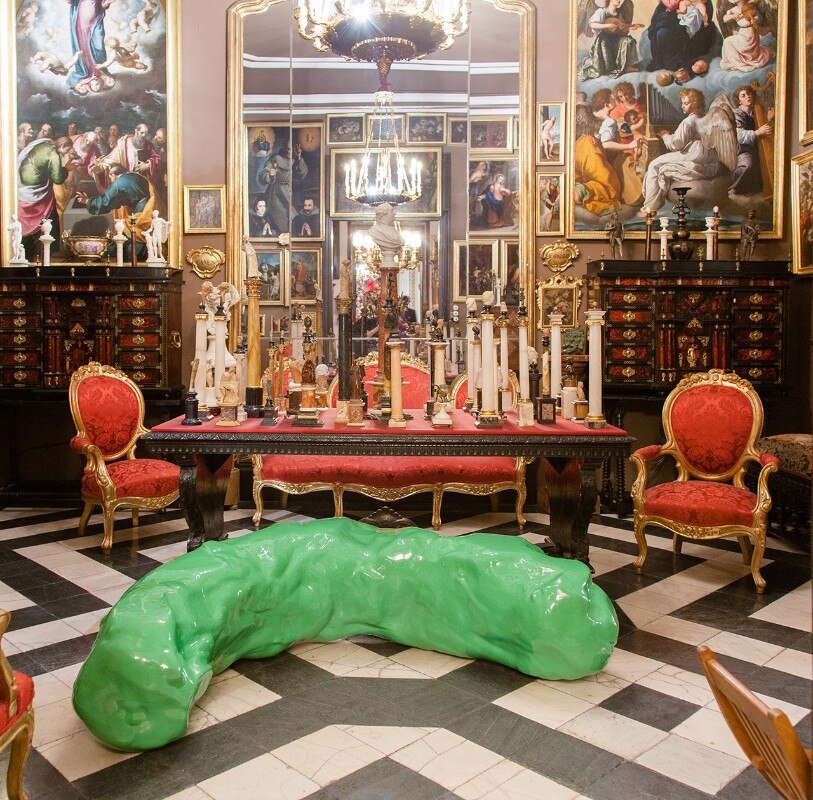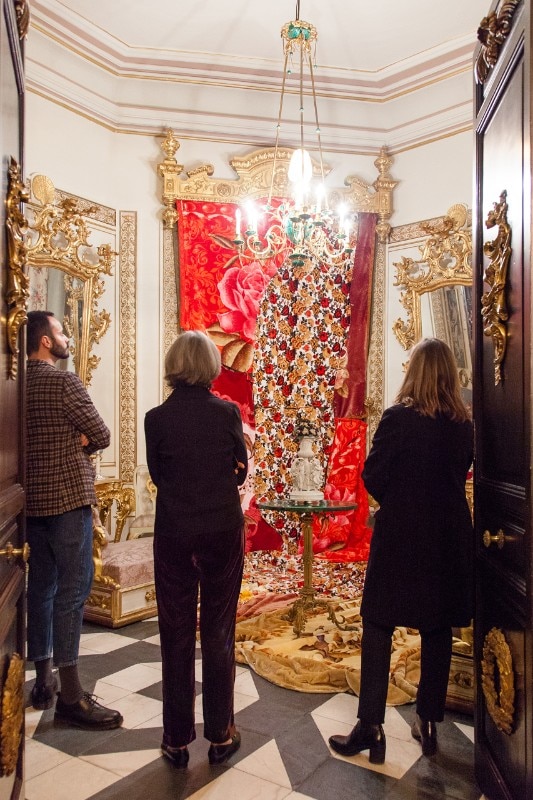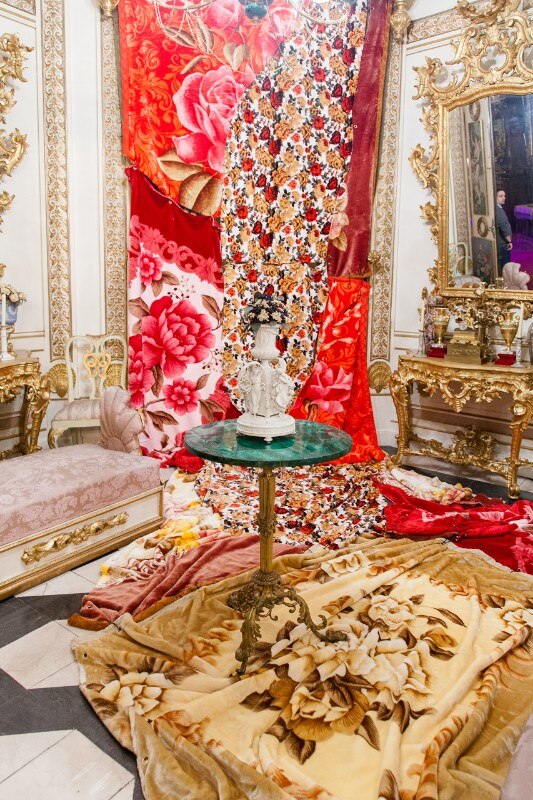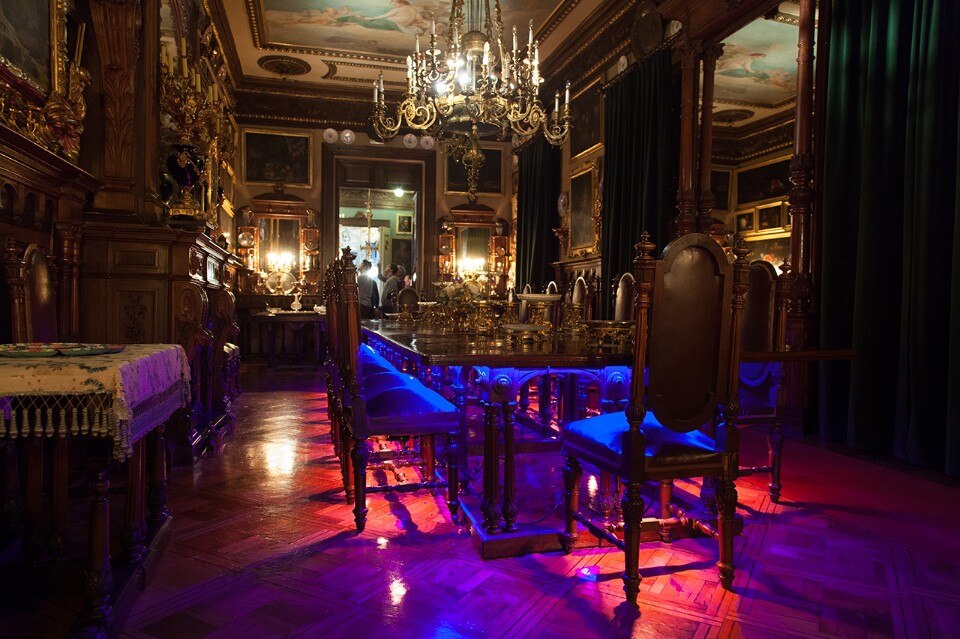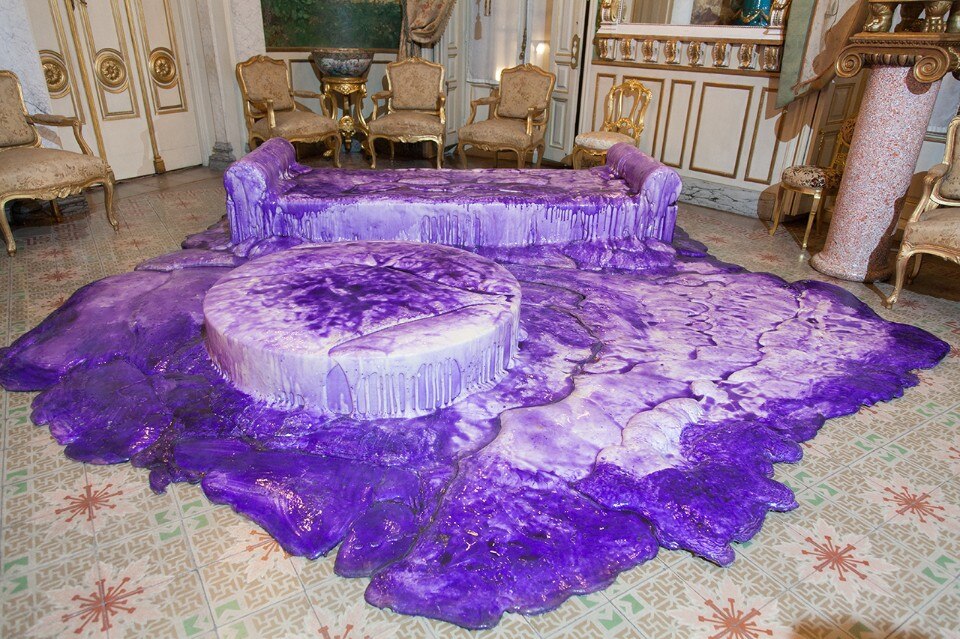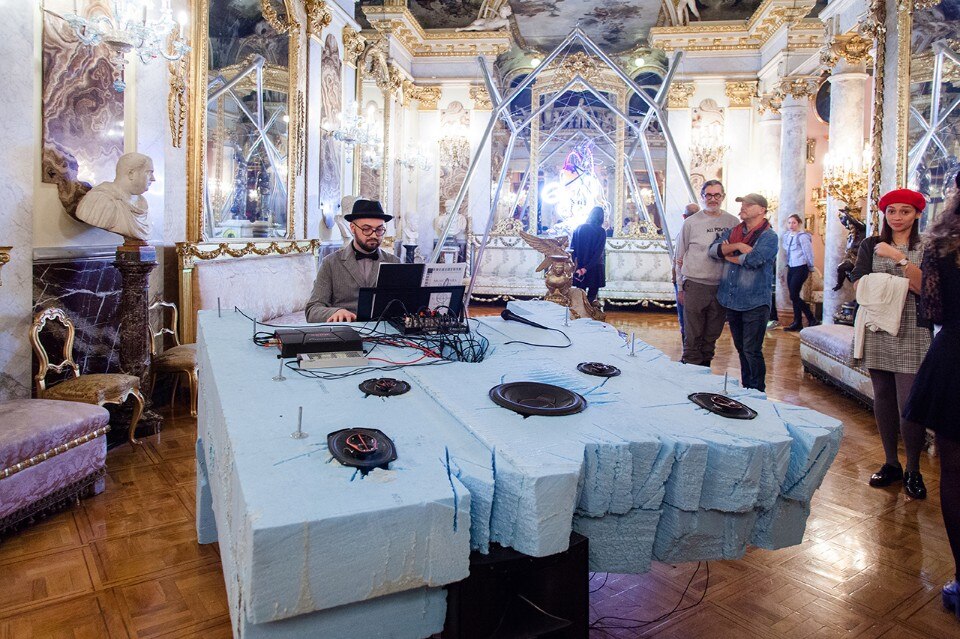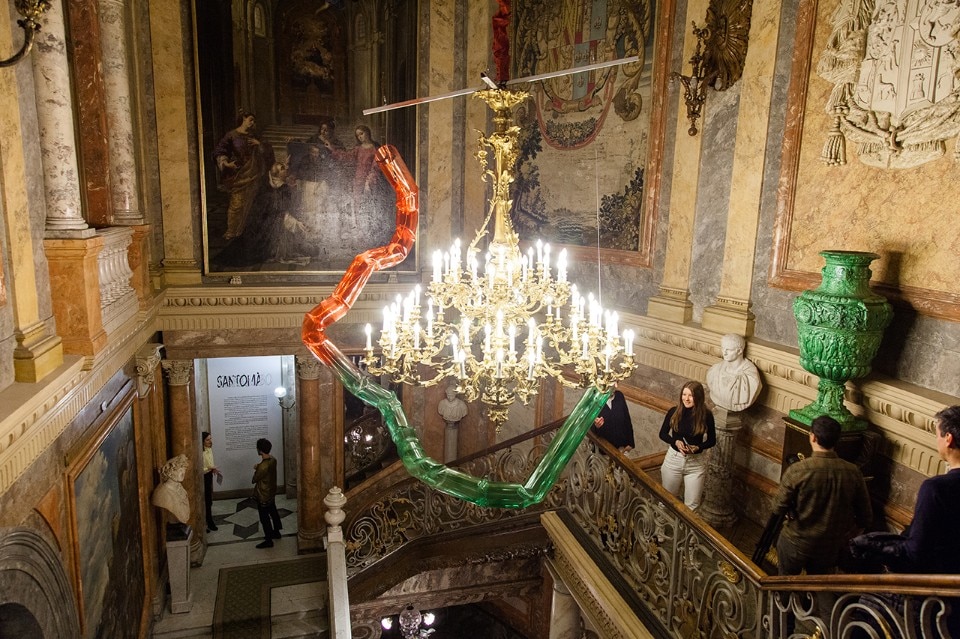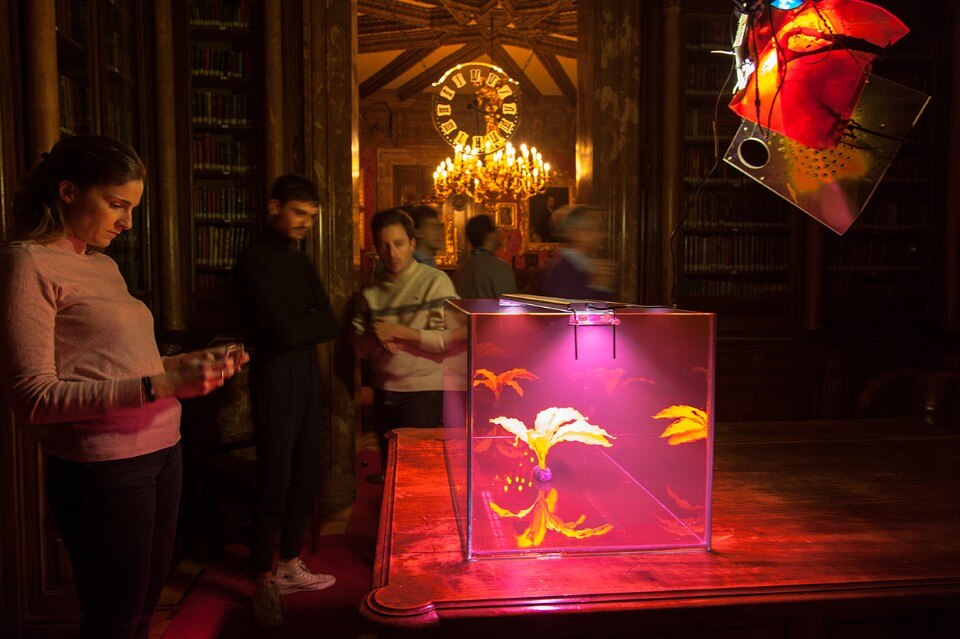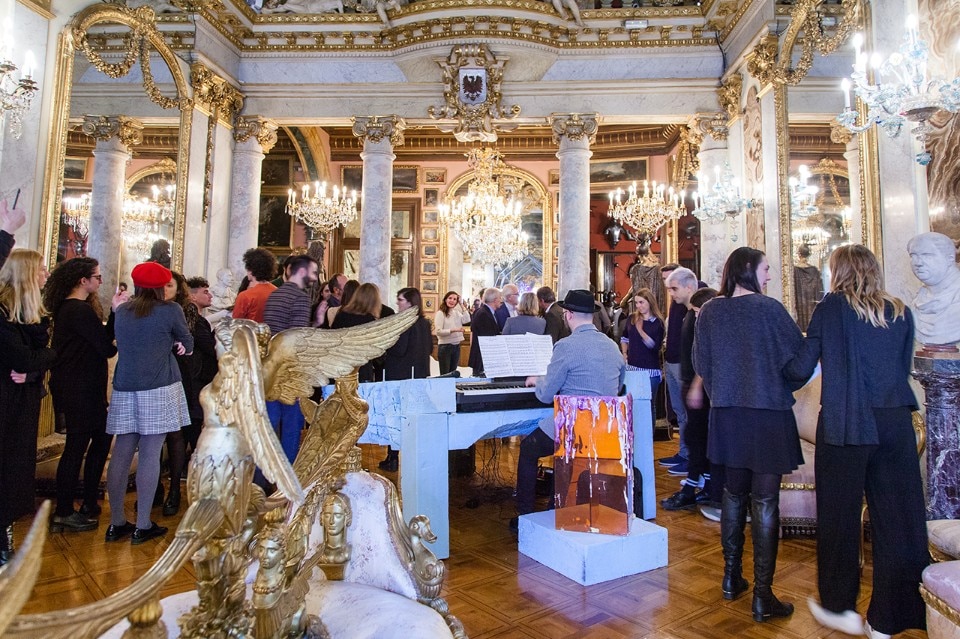If I was the president / I’d pay my mama’s rent / free my homies and them / bulletproof my Chevy doors / lay in the White House and get high, Lord.
With his album To Pimp a Butterfly, in 2015 American rapper Kendrick Lamar brought the ugliest and most infamous suburbs directly to the White House. The album cover shows a group of young people from Compton – a small town in the Los Angeles metropolitan area known for its very high crime rate – posing in front of Donald Trump’s current residence. Young African-Americans brand liquor bottles and banknote bundles, wear golden necklaces, and exultants seem to say, “Now we take back the center (of power).”
Taken by French photographer Denis Rouvre – awarded with the World Press Photo in 2012 for his series of portraits to the Tsunami survivors – the cover image captures the themes of the album, which talks about racial discrimination, self-love and hate, and in general the stories of a n**** in America.
To Pimp a Butterfly is a rare combination of anger, consciousness and stylistic research, the same that although in apparently different fields, we found in Guillermo Santomà’s solo exhibition at the Museo Cerralbo in Madrid.
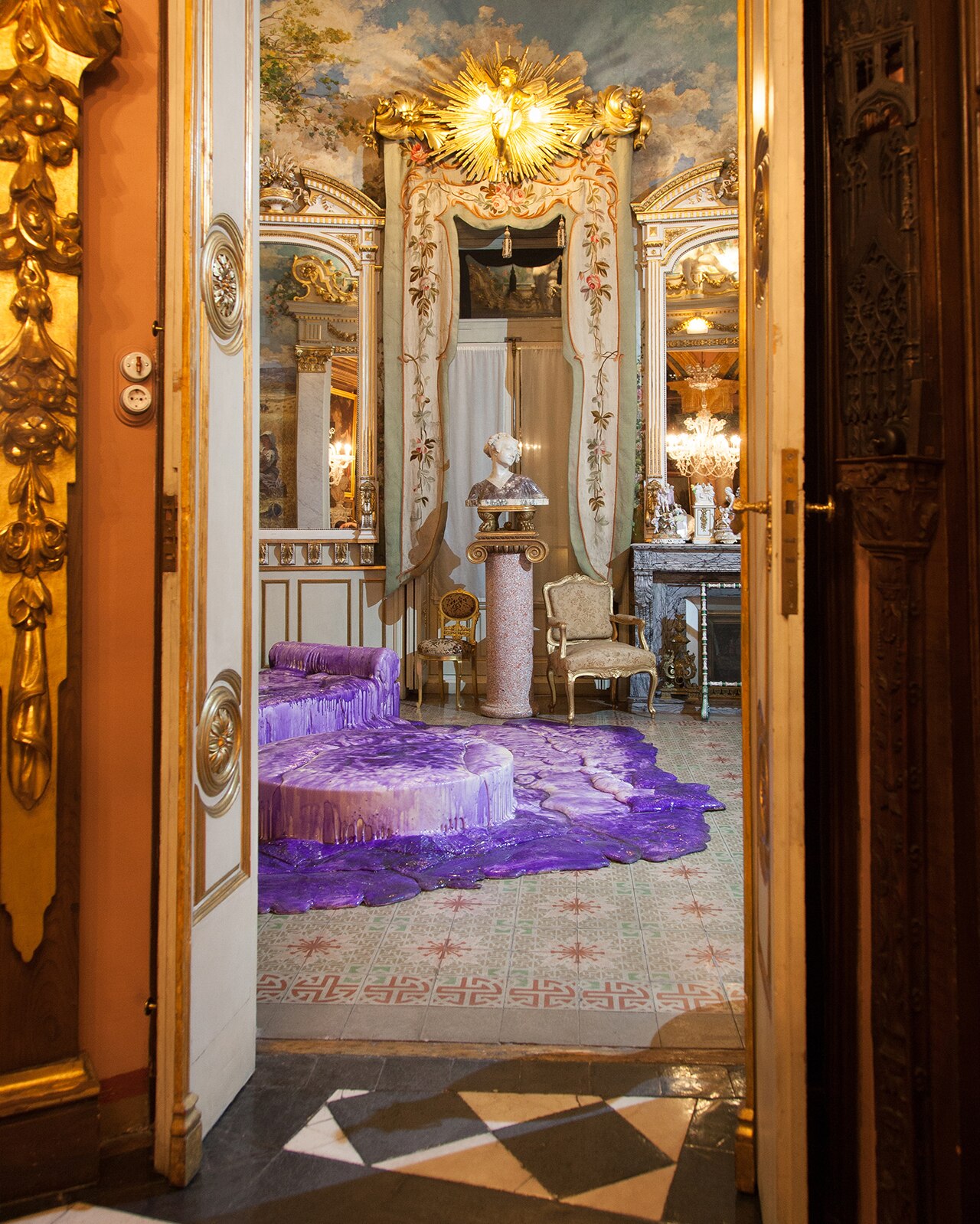
 View gallery
View gallery
From his studio on the outskirts of Barcelona, Santomà brings a van with 18 of his works to the Spanish capital, which he “dumps” into the baroque house-museum. He takes conceptual fragments of the working-class neighbourhoods that inspire him in his research a few steps from the Royal Palace in Madrid: “I pass everything through the filter of the popular, I am interested in those places where rich, plural and participatory discourses can still be created, because it is from different and conflicting opinions and feelings that communities are born,” the Catalan designer tells us.
Santomà conceives the exhibition at the Museo Cerralbo as a single installation, in which the function and shape of the individual objects are secondary. He says: "I'm not interested in designing a chair or a lamp. There are many industries that can make better, more beautiful, cheaper and more efficient furniture than I do.
The author creates a narrative in which he deconstructs and materialises his diverse inspirations between design, architecture, art, set design, sculpture, writing: "when I approached this work it was almost a fictional project, a highly real approximation. Even though I made many visits, I would have liked to stop and sleep, cook a tortilla, have a few drinks and try to live in the building for real.
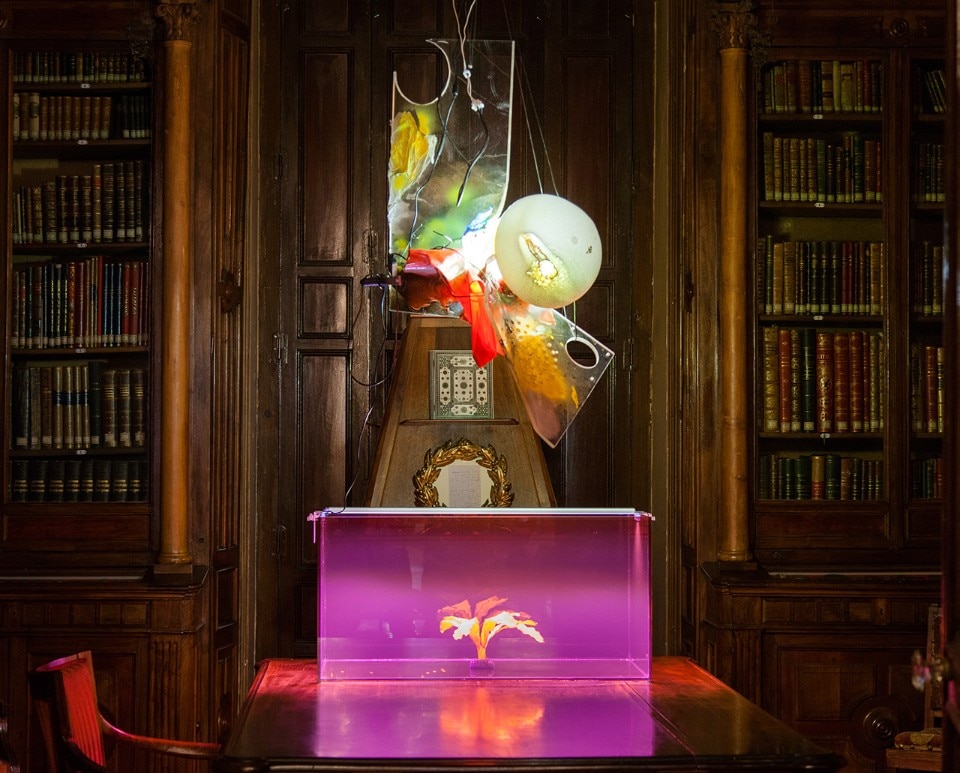
Santomà gives new life to well-preserved domestic spaces, but immobilised and embalmed, where he injects some of the impolite and rude essence of the working-class neighbourhoods. This change happens not only aesthetically but also in terms of use and distribution. At the same time, his works, inspired by a stimulating context and far from the cold of the white cube, shine in a different light. The same designer admits: “after the exhibition it will be difficult for me to see the pieces without their original context, because they now have a unique meaning.”
But if in the protected environment of the museum new vibrations are perceived, we wonder if what we have defined as Ugly Design can become a tool to reclaim places or entire neighbourhoods that tourism, standardization and commodification have deprived of identity and passion, turning them into playgrounds for occasional tourists and disinterested consumers.
Can we conceive of anti-revitalisation or counter-gentrification aesthetic strategies? Can Ugly Design become Ugly Urbanism?



